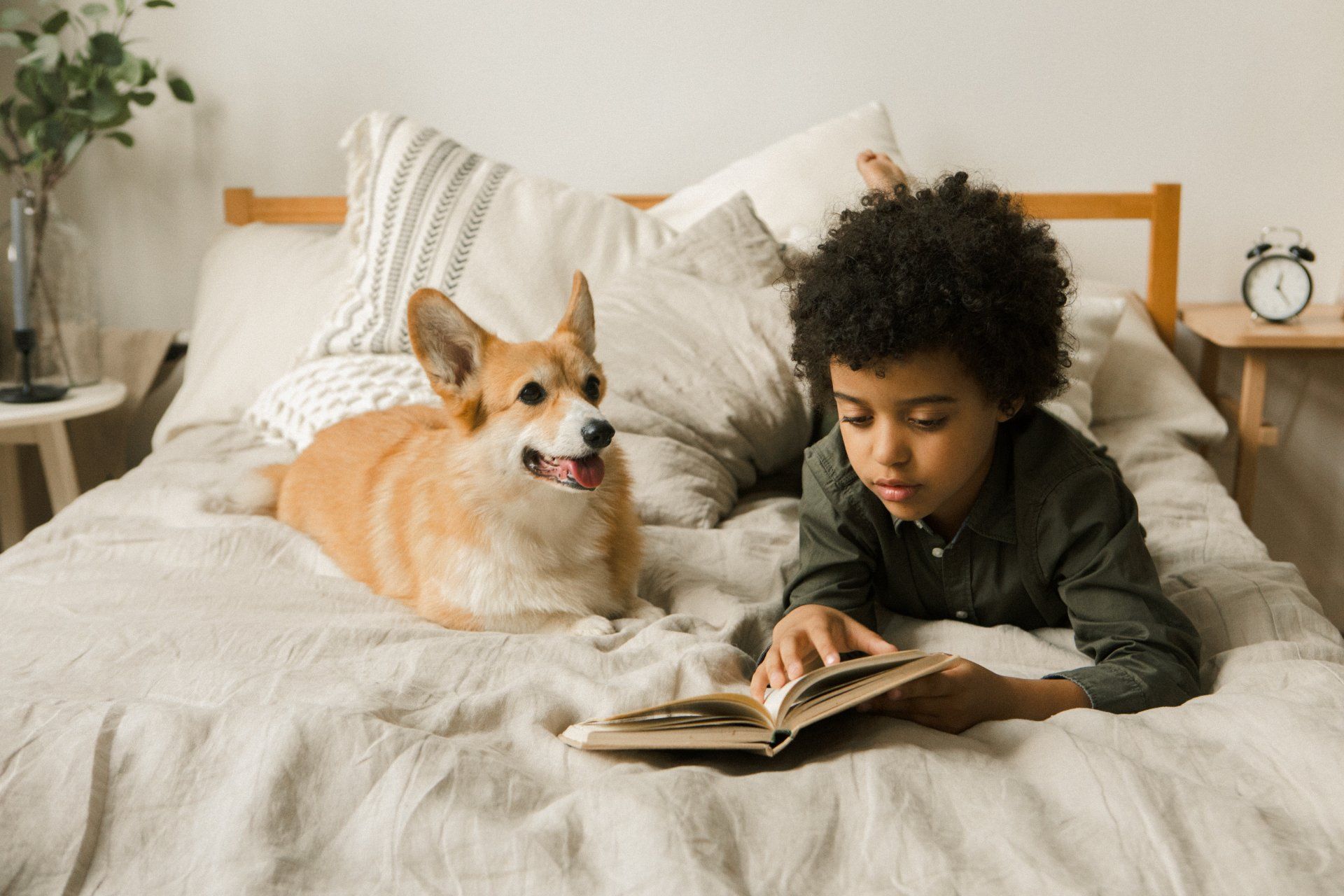Blog
Why Nonfiction?
The easiest One Minute Reader stories to read are often the hardest ones to write. Many people are surprised to learn this. Isn’t it easier to write a quick level E story than it is to research and write a complex level 5 story?
Not at all. There are several reasons why. First, it’s much harder to be concise than it is to explore a topic with as many words as you want. But early readers need the sentences and stories in the lowest One Minute Reader levels to be quite short. Second, readability formulas are very limiting at these levels—one difficult word can upset the entire balance. And finally, perhaps most importantly, One Minute Reader stories are nonfiction. Taking nonfiction research, simplifying it, and turning it into an original, completely accurate, high-interest story—which, by the way, is only about a paragraph long—is really hard to do! So why do we insist on nonfiction stories?
We decided on high-interest nonfiction when we wrote our first stories over 30 years ago for our school-based program, Read Naturally, and we haven’t wavered since. This is because we want our stories to appeal to readers of all ages. One Minute Reader might see a third grader in level 1, or a fifth grader in level 2. These stories must be interesting enough to appeal to many readers and not appear too young or immature, regardless of the level of vocabulary in the story. Furthermore, the One Minute Reader Strategy requires teacher modeling and repeated reading with short passages. Teacher modeling and repeated reading are two of the most effective, research-based strategies for improving fluency. The ideal length of stories for modeling and repeated reading is 100–400 words, which is also a good length for nonfiction. Most good fictional stories require more than 100–400 words.
One Minute Reader stories present new information about unusual animals, people, inventions, etc. As kids do repeated readings, they build knowledge about all kinds of topics. It is motivating for kids to share the interesting information they've learned with their parents and peers. Nonfiction can also encourage kids who have not previously enjoyed reading to want to read more about a particular subject that interests them—so they not only enjoy learning to read but begin to enjoy reading to learn.
In this blog post, literacy expert Tim Shanahan elaborates on the value of nonfiction text for students of all ages. We especially like his mnemonic: Fabulous Libraries Can Give Satisfaction. According to Shanahan, informational text should teach…
1. Fact vs. Fiction
2. Locating Information
3. Comprehending Informational Text
4. Use/Interpretation of Graphical Elements
5. Synthesizing Information
One Minute Reader aligns well with Shanahan’s recommendations. Not only does this program feature nonfiction stories, but the strategy requires kids to comprehend and synthesize the information before moving on. Comprehension questions are present at every level, and kids must answer them correctly in order to solve the Joke Jumble at the end of each book. To learn more and see the program in action, start a 7-day free trial. The program is just $8/month after that.
Oh, and if you’re wondering how we feel about fiction-- We LOVE good works of fiction! Nothing makes us happier than classic literature and riveting novels. We’re also huge fans of the many beautiful children’s fiction books in today’s bookstores. (Need recommendations? We’re full of them!) Getting lost in a work of fiction is one of the best experiences a reader can have. One Minute Reader stories fulfill a specific purpose for developing and struggling readers. For that purpose, nonfiction is the story we’re sticking to. For other purposes, as long as students are engaged with the reading material, the sky’s the limit!
Highlighted Posts

Ready to see an improvement in your child's reading?
Sign up today and get seven days for FREE.
One Minute Reader is just $8 per month after your free trial.

